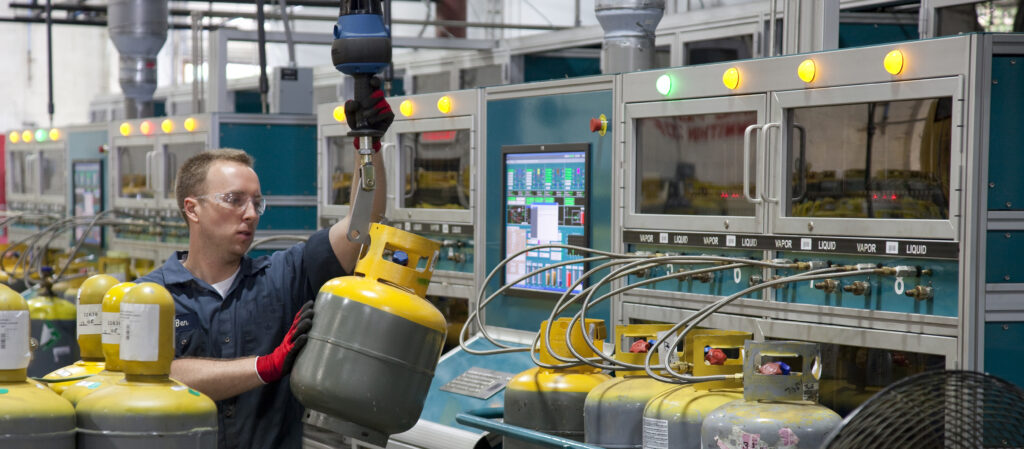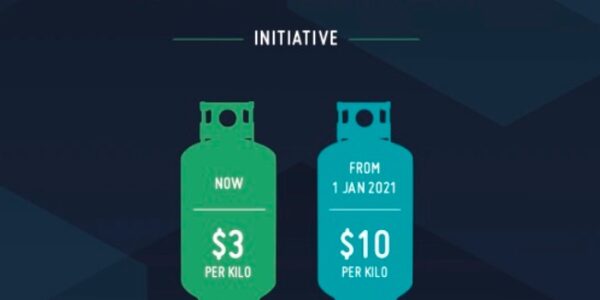Australia leads the world at refrigerant management
- PostedPublished 21 May 2016
International study rates Australian stewardship
Australia leads the world for refrigerant management but the UK has the highest refrigerant recovery rate, according to a research report published recently by the US Air-Conditioning, Heating, and Refrigeration Institute (AHRI).
Billed as the biggest attempt ever to determine the refrigerant ‘lay of the land’ on a global scale, the research project – ‘AHRI 8018: Review of Refrigerant Management Programs’ – studied management and recycling programs in key regions to determine best practices as they relate to the US refrigerant landscape.
Seven primary jurisdictions – Australia, Canada, the European Union, Japan, the UK and the US (with California treated separately) – were evaluated, while China and Brazil were also reviewed, with particular emphasis on: the current processes for original equipment manufacturers, contractors, end-users and reclaimers in handling refrigerants; how and where refrigerant recycling occurs; and the amount of refrigerant ultimately destroyed.
In terms of best practice, the report highlighted Australia’s comprehensive product stewardship scheme that is built upon existing distribution channels and minuses cost burden on industry.
The inclusion of all synthetic refrigerants (CFCs, HCFCs, HFCs) in phase-down and regulatory requirements in Australia was also seen as creating “consistent market incentives for better refrigerant management”, while robust recordkeeping from point of entry to destruction – although costly – “makes accurate emissions tracking very achievable” and creates “industry-wide accountability, from contractors to international producers”.
Banning disposable cylinders in Australia was also seen as pivotal in improving refrigerant management, with the report noting that “returning cylinders for refills supports the ethos that refrigerants are not a commodity but a specialised good and encourages refrigerant return for destruction”.
Australia’s refrigerant recovery rate was found to be between 35 and 61 per cent per annum – equivalent to 4600 tonnes – with destruction rate at a high 92 per cent which, unlike reclaimed or recycled refrigerant, “locks in substantial emissions abatement”.
Japan destroys the highest tonnage of refrigerants on a yearly basis – 3731t from commercial equipment, 722t from motor vehicles and 2025t from household appliances – while the UK had the highest reported recovery rate of the reviewed programs – between 65 and 92 per cent, depending on end use.
In welcoming the report, the Australian Refrigeration Council (ARC) said the numbers speak for themselves but that the mission was far from accomplished, citing a 2015 report by the Expert Group that “the ARC licence scheme will continue to provide significant direct and indirect emissions savings over the next two decades, with further direct emissions reductions estimated at 58.02 megatonnes CO2 projected to 2030”.
This compares to the controls around handling and trade of refrigerants resulting in 24.37Mt of CO2-e direct emissions savings to date, according to the ARC.
- CategoriesIn SightGlass
- Tagsrefrigerant reclaim australia, Refrigerant recovery, Regulatory



